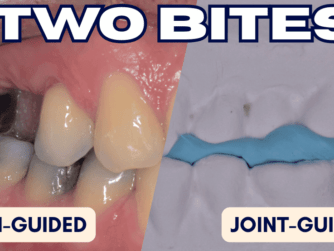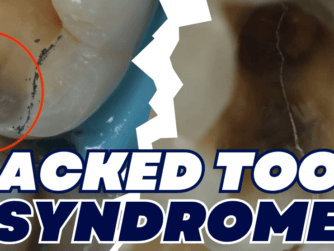Podcast: Play in new window | Download (Duration: 19:35 — 29.5MB)
Subscribe: RSS
When it comes to direct composite restorations, shape is more important than shade. Mastering primary anatomy with well defined line angles is the difference between mimicking nature or ending up with flat white blobs with no definition. In this Group Function I’m joined by Dr Matt Parsons who answers the following question from the Protruserati:
Once you have drawn on the desired line angles, how would you suggest to really define them? When using bur or disc I tend to find I get a result which is rather flat and lacks line angle definition.
Dr Devin
Firstly, if you don’t already follow Dr Matt Parsons on Instagram….you will now, and therefore you’re welcome. It’s dental porn.
If you have any other questions that would make a good group function, please do message me on @protrusivedental Instagram page or the Facebook Page
If you enjoyed this, you will like my 3 reflections on a Composite Veneer case.







